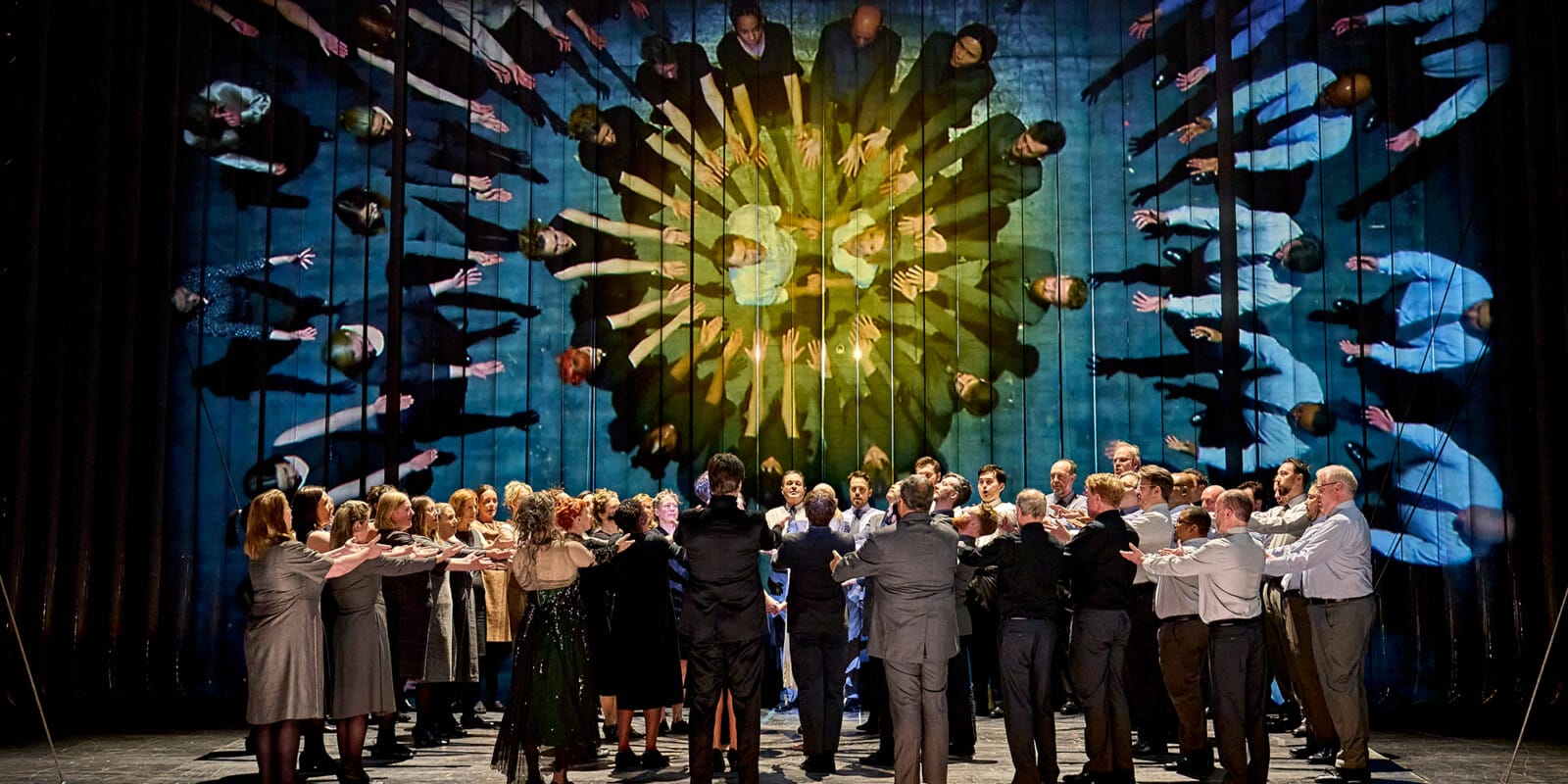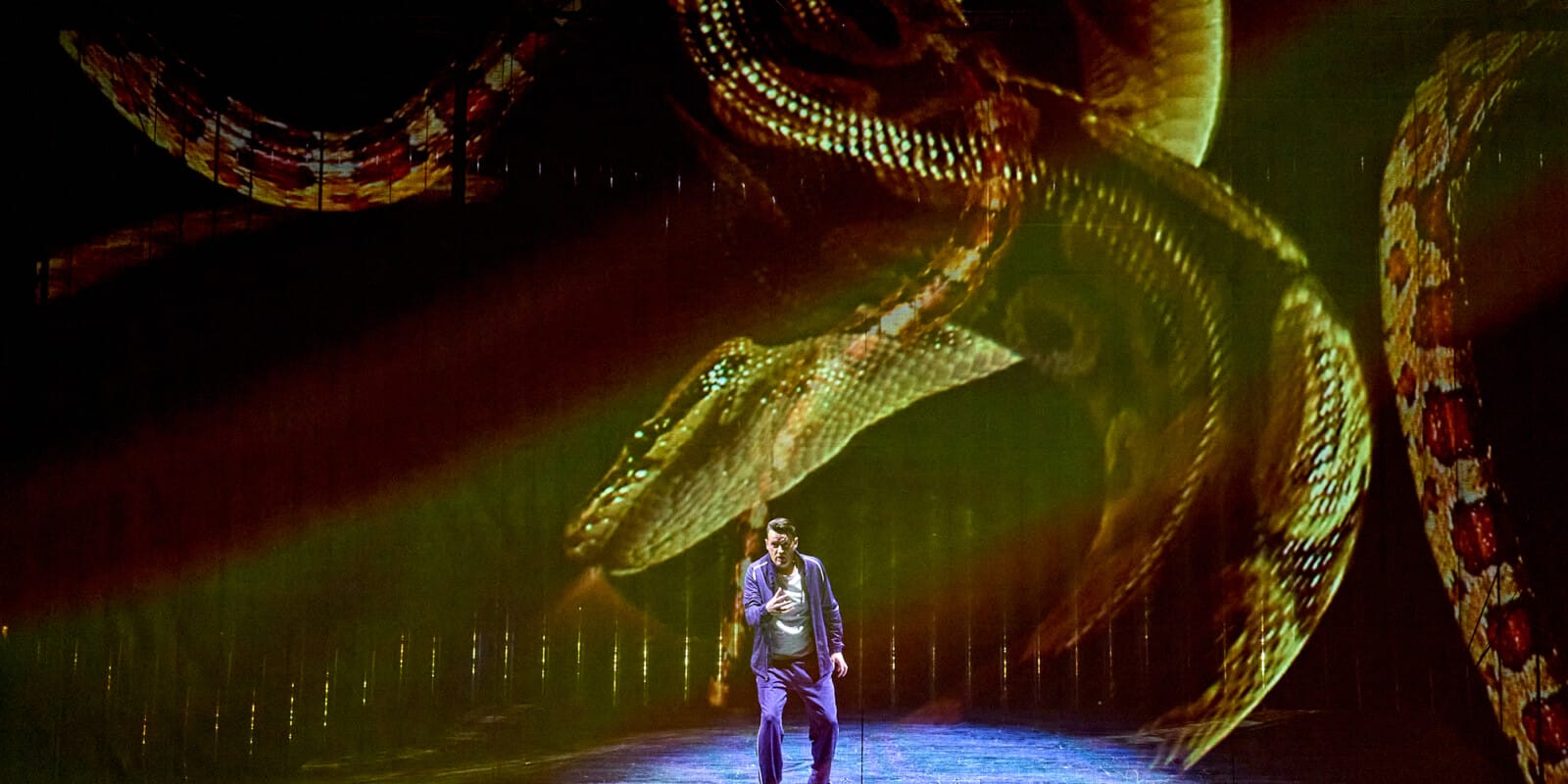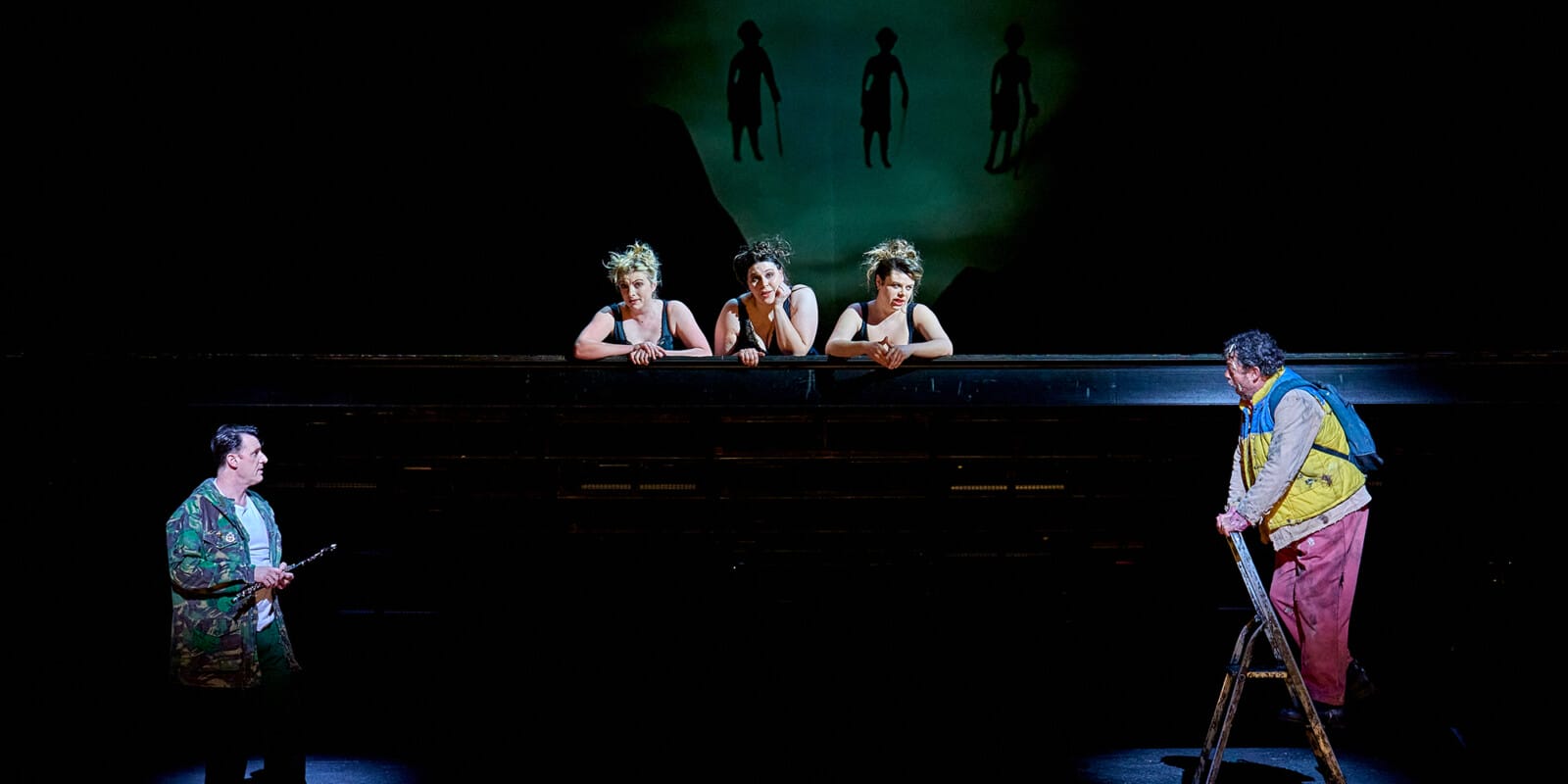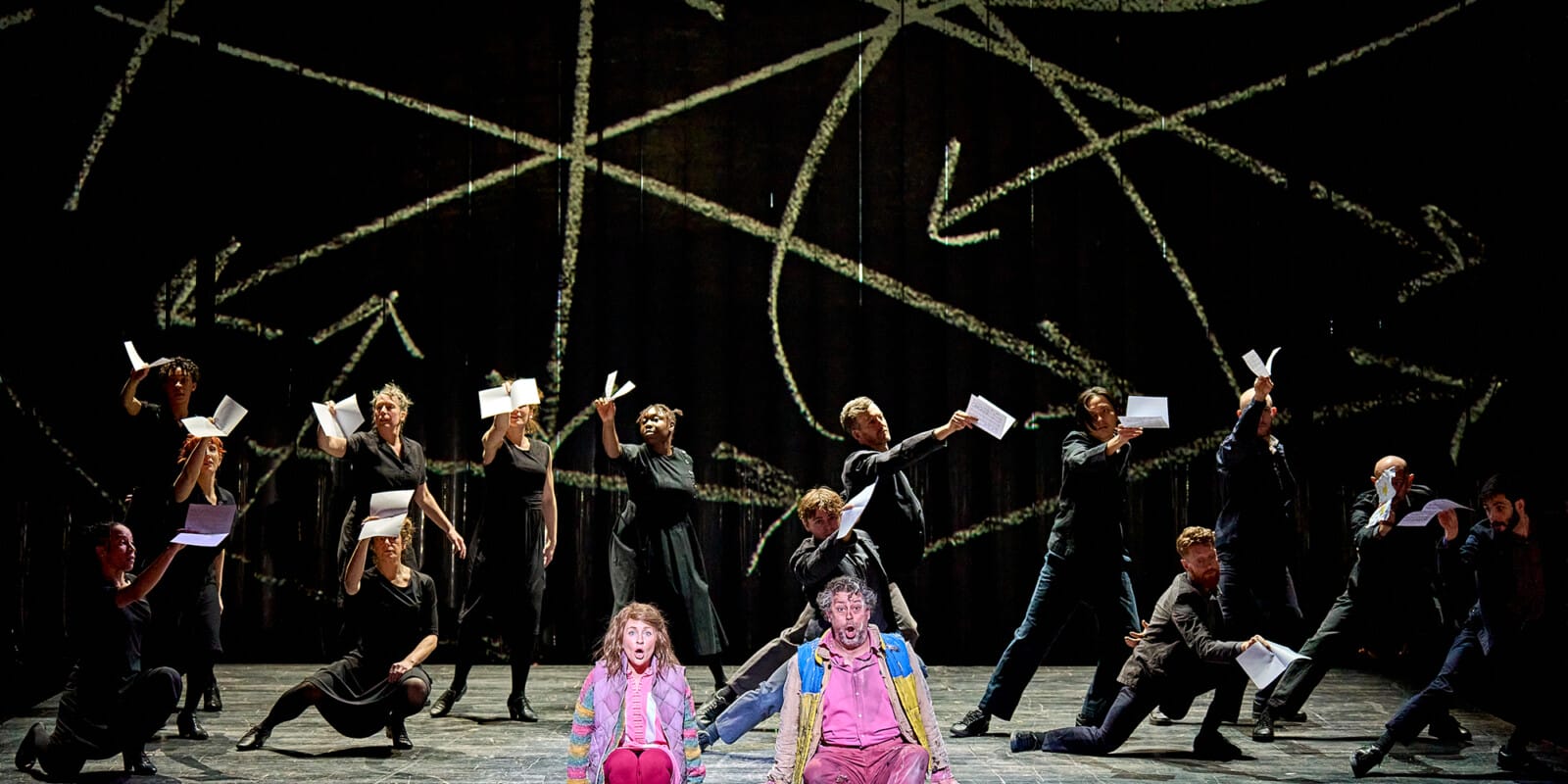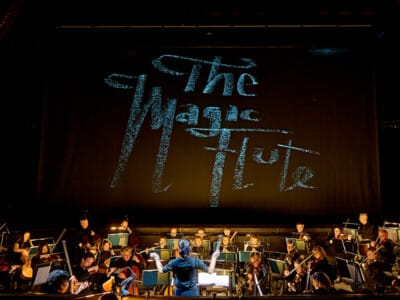The beginner's guide to Mozart
Recognised as one of the most gifted classical composers of all time, Wolfgang Amadeus Mozart wrote operas, symphonies, piano works, chamber pieces and concertos, to name a few.
Find out a little bit more about the short life of the great composer…
In just 36 years, he composed over 600 works…
Video
Wolfgang Amadeus Mozart, and his sister, Maria Anna, spent a great deal of their childhood touring as child prodigies. Mozart could pay the harpsichord by the age of three. He was composing by five, and at 13 was able to write out the entire score of Gregorio Allegri’s ‘Miserere’ after hearing it just once.
In his early twenties, the former boy wonder struggled to make a name for himself in Salzburg and Paris.
It wasn’t until 1781, when Mozart moved to Vienna, that he was to embark on the most productive and successful period of his life. It was in this decade where he wrote the majority of his most famous works, including operas: The Marriage of Figaro, Don Giovanni, Così fan tutte and The Magic Flute.
He completed two operas just three months before his death…
Video
In 1791, Mozart stopped working on The Magic Flute (Die Zauberflöte) in favour of The Clemency of Titus (La clemenza di Tito). The change came because he had received a commission to produce an opera to celebrate the coronation of the new Austrian emperor Leopold II. One of Mozart’s earliest biographers suggested that he wrote The Clemency of Titus in just 12 days.
Following the completion of this opera, Mozart worked on The Magic Flute, and ‘Requiem’. He never finished the latter.
As the story goes, the night before his death, Mozart was hallucinating that he was at the Wiednertheater, as the performance of The Magic Flute was taking place. Whispering to his wife, what is thought to be his last ever words, he proclaimed, ‘Silence! Silence! Now Hofer is taking her high B-flat’. It so happened at that movement, Mozart’s very first Queen of the Night, Josepha Hofer, was singing the famous Queen of the Night aria (‘Der Hölle Rache’).
In the last seven years of his life, Mozart composed a number of works to be performed at masonic gatherings, several of which still survive today.
There has been much speculation over the years, about the masonic messages hidden within Mozart’s last great work, The Magic Flute. Fellow Viennese masonry lodge member, Emanuel Schikaneder, wrote the libretto for the opera. For one, the opera is set in Egypt, the land which masonry traces its origins. Others claim masonic symbols can be found in Mozart’s compositions, including The Magic Flute’s overture.
Mozart’s music was first catalogued in the 19th century…
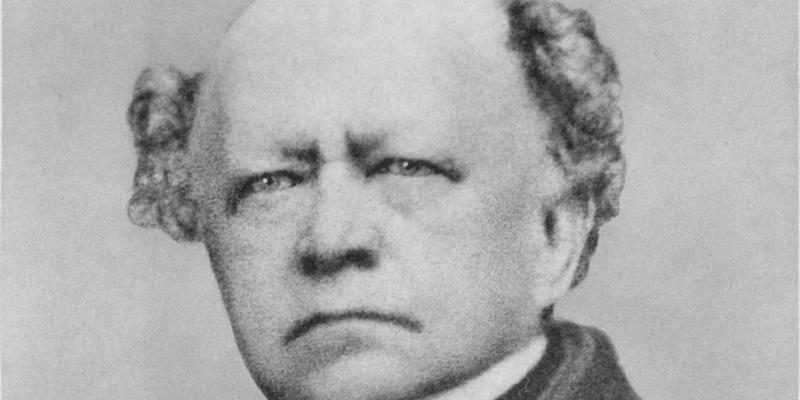
Ludwig Ritter von Köchel some time before 1877
In 1826, musicologist Ludwig Ritter von Köchel, created the first comprehensive catalogue of Mozart’s music. Each composition in this chronological guide to Mozart’s music was given a K. number (standing for Köchel). According to Köchel, ‘Symphony No. 40 in G Minor’ was the 550th piece of music Mozart composed, and so it was titled ‘Symphony No. 40 in G Minor, K. 550’.
Working for around a decade on his catalogue, Kochel catagorised 626 pieces of Mozart’s work.
You might not know all of Mozart’s music by name, but you will have heard it.



